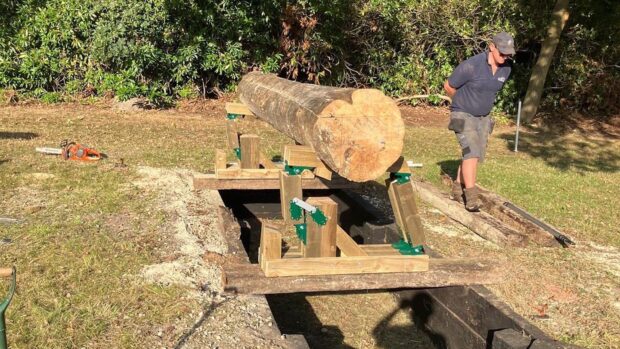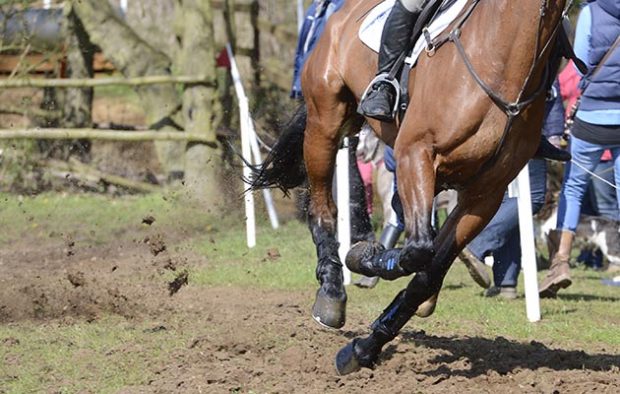British Eventing (BE) must improve the rider representatives system following the death of Ian Olding, at Belton Horse Trials in April 2009, a coroner has requested.
The 47-year-old Northern Irish rider died of extensive skull fractures and brain trauma after his horse somersaulted at fence 13a on the advanced course, landing on Mr Olding’s head and chest.
An inquest into his death took place at Grantham on Thursday 22 April.
Belton course-designer Sue Benson and the horse trials team did everything in accordance with BE regulations, acknowledged Lincolnshire coroner Stuart Fisher.
But he recommended changes based on a report by health and safety officers at Kesteven District Council, who questioned riders who had jumped the fence before Mr Olding.
“I am concerned that young and less-experienced riders felt a reluctance to report concerns about the course to their rider reps, for fear of seeming foolish or being thought a troublemaker,” said Dr Fisher.
The coroner was concerned that only two fences on the Belton course were fitted with frangible pins designed to break on impact.
He asked BE to increase the types of jumps which can be made breakable.
National eventing safety officer Jonathan Clissold said BE is field-testing a new type of frangible pin fitting this season and creating a collapsible jump with Bristol University.
The coroner’s final request was that BE controls the use of model animals and mannequins as fence dressing.
In a statement to Kesteven DC, Mrs Benson vowed not to use figurines again.
The coroner returned a verdict of accidental death.
Mrs Benson told H&H: “I can’t imagine I will ever be able to put [Ian’s death] behind me, but I am relieved to have the ends tied up.”
For the full article, see the current issue of Horse & Hound (29 April, ’10)



